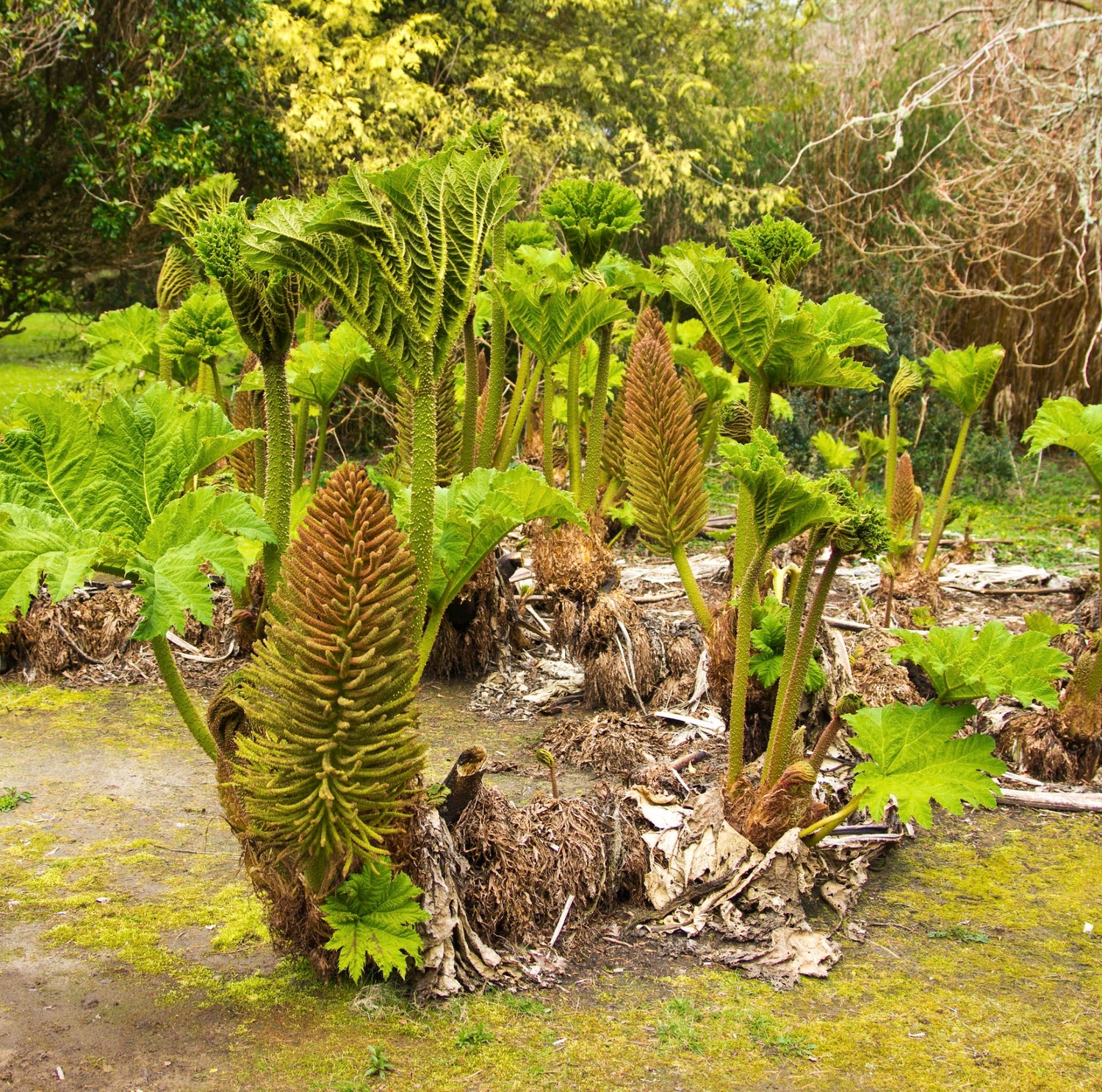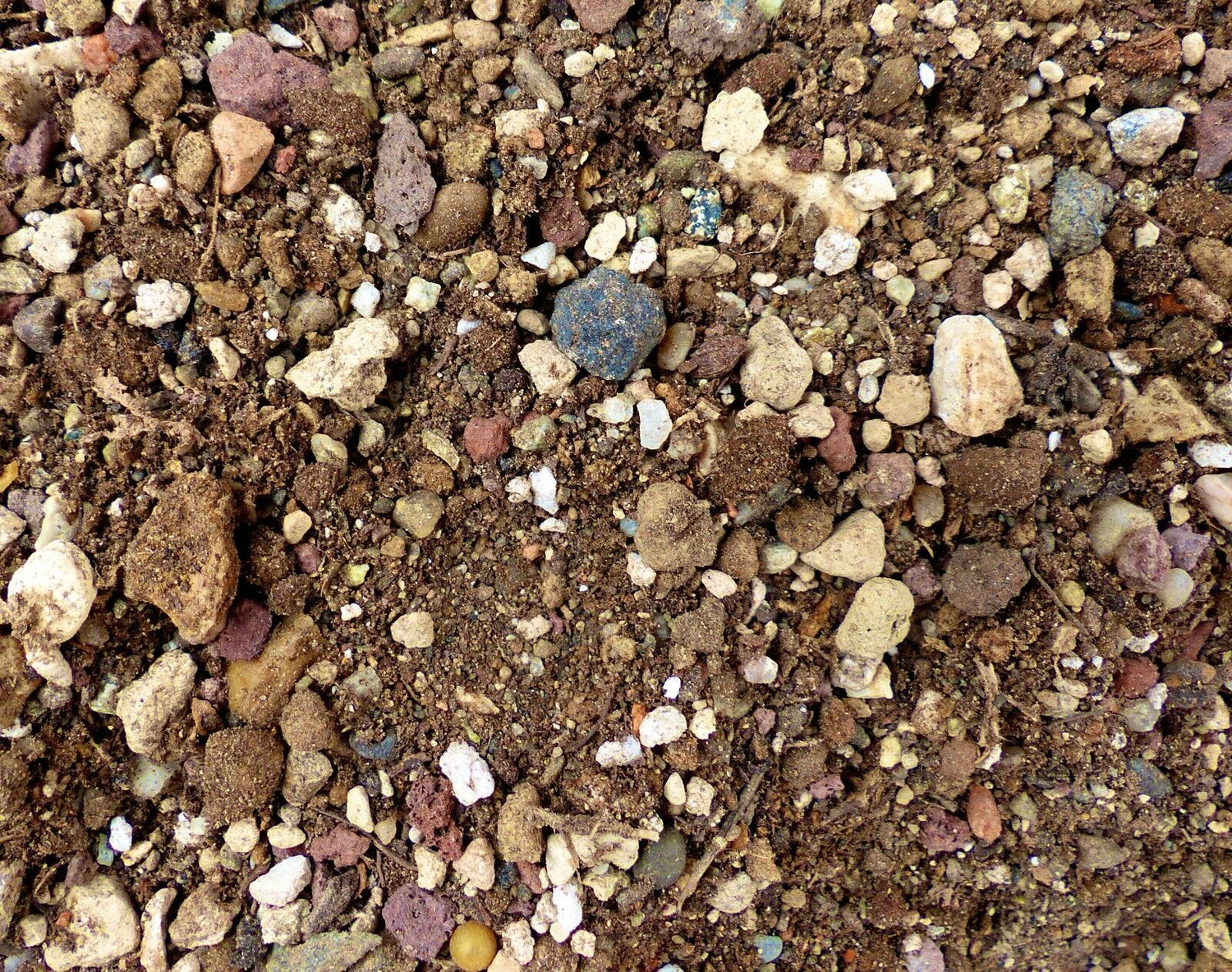Collection: Schinus
Schinus: The Hardy and Aromatic Genus of Pepper Trees
Understanding the Schinus Genus
The Schinus genus consists of evergreen trees and shrubs known for their aromatic foliage and ornamental appeal. These drought-tolerant plants are commonly referred to as pepper trees due to their resemblance to true pepper plants, though they belong to a different botanical family.
Key Features of Schinus Trees
Among the most well-known species are Schinus molle (Peruvian pepper tree) and Schinus terebinthifolius (Brazilian pepper tree), both prized for their feathery foliage, clusters of pink to red berries, and adaptability to warm climates. These trees are often used for windbreaks, shade, and decorative purposes.
Growing and Caring for Schinus Trees
Schinus trees thrive in well-drained soil, full sun, and require little watering once established. Their fast growth and resilience make them excellent choices for urban landscaping, dry gardens, and erosion control. However, in some regions, they are considered invasive due to their rapid spread.
Uses and Benefits of Schinus Trees
The berries of Schinus trees have been historically used as a spice substitute for pepper, while their essential oils have applications in natural medicine and perfumery. Their strong wood has also been traditionally used in crafting and construction.
 Sold out
Sold out






